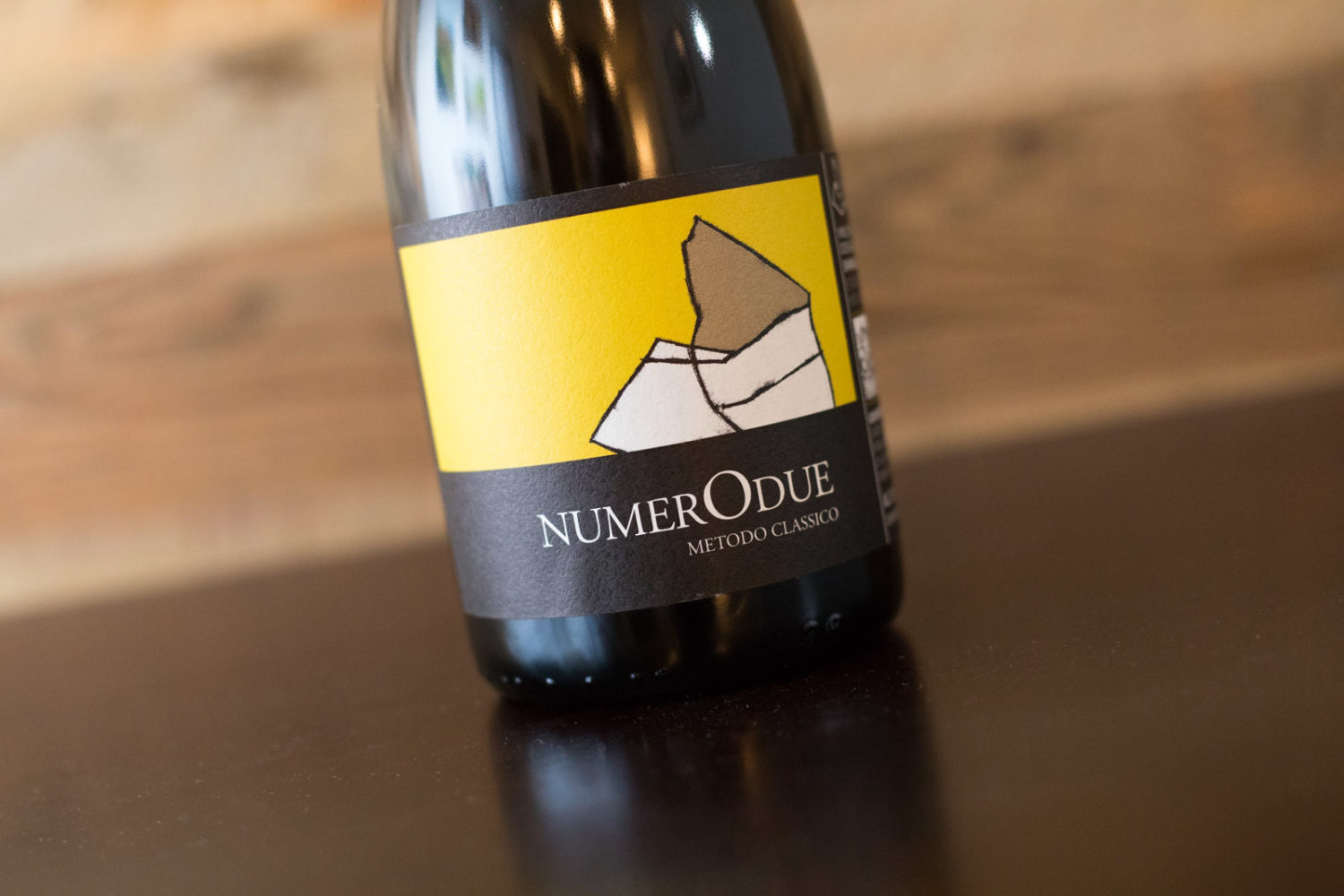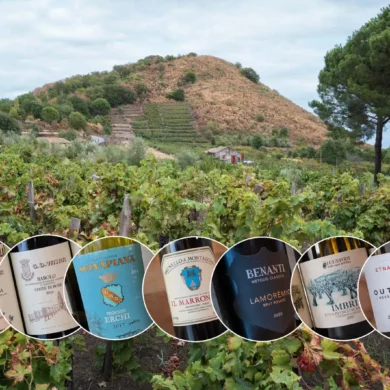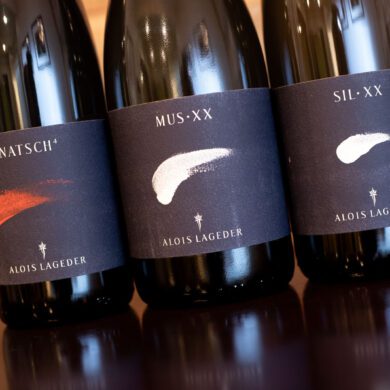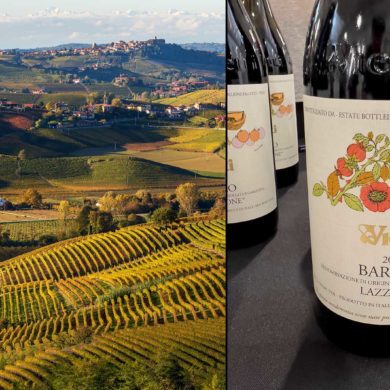You win some, and you lose some. It’s an adage that could not be more to true with wine, where your next, eagerly opened bottle could very well be corked, riddled with brett funk, or — more likely in this age of climate change — blasted with heat and lopsided alcohol. To reduce the risk of buying such a dud, I’ve tried to help out by documenting the most compelling and consistent producers that I come across with the Essential Winemakers of Italy and France lists. Along with that comes my personal commitment to revisit these wineries and their wines to make sure they’re still in good standing, long after they have been listed. Sometimes I am reminded of why I fell in love with these producers in the first place. Other times, someone eclipses them, or they bounce out of the U.S. market entirely. And then, there are tough calls I have to make when a revisitation reveals flaws, or a sudden lack of perspective.
This is the spectrum of my curation efforts, and I’ve experienced all of it in the last two months.
Why La Marca di San Michele is Still Essential
On the “Still Essential” front is Marche’s masters of Verdicchio, La Marca di San Michele. I’ve touted their crystalline, Chablis-esque wines before on this site, but in the last 12 months, a new wine has hit the U.S. market via their importer, Kermit Lynch. I’m not sure what to call it, because the name changes each year, so let’s go with “numerOfillintheblank,” for each vintage gets an assigned number based off the wine’s debut. So “numerOdue” (number two) is their third vintage because there was a numerOzero in the first vintage.
This vino spumante is a zero dosage, col fondo sparkler, meaning the wine went into the bottle with enough residual sugar for a secondary fermentation, which occurred in the bottle. However, unlike a metodo classico sparkling wine (e.g. Franciacorta or the Big Daddy-o, Champagne), the spent yeast cells were never disgorged (ejected) from the bottle. So the end result is a rustic, cloudy, savory wine a very different textural feel. In France and hipster natty wine bars, you might know these wines by the name pét-nat or pétillant naturel. In Northeast Italy, col fondo applies, or you will see the name of the process — more broadly around the country — metodo ancestrale.
Now, these wines are the definition of an acquired taste, but coming from the capable hands of sibling trio Alessandro Bonci, Beatrice Bonci and Daniela Quaresima, the “numerOdue” demonstrated an impressive amount of refinement. There are ample swaths of golden apple and lime zest notes, but they’re countered by a strong, crunchy-baguette tone. In my notes, I wrote “this wine needs a bread knife.” Now, with all sparkling wines my palate leans toward the lees-driven tones. It’s a comforting aroma as much as anything. If that’s not your style, this is not your wine.
Located in Cupramontana, La Marca di San Michele farms biodynamically and uses a light touch with SO2. For me, their col fondo was “make it or break it.” I don’t want to keep anyone on this list who produces flawed wines, and I’ve tasted a few of these metodo ancestrale wines that — if not flawed — are unpleasant if not unpalatable for their sourness. But here, they show immense prowess with a different dimension of Verdicchio. For that, bravo. They’re still essential.
2016 La Marca di San Michele numerOdue Dossagio Zero Vino Spumante
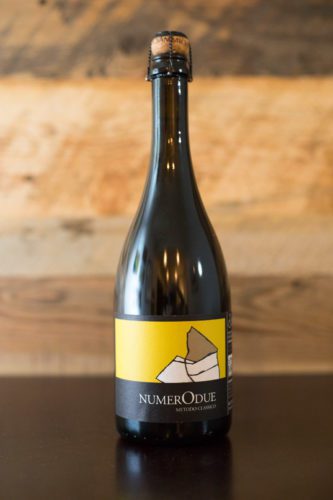 Le Marche
Le Marche
Grapes: Verdicchio (100%)
Alcohol: 12.5%
Opinion: ★★★★ 1/2 (out of five)
Food-friendliness: Limited
Value: As expected
Click on the wine icons above to learn more
A beginner might like … The sheer novelty of a col fondo wine. Sour is not often a word associated with sparkling wine, but one of the many tones to this wine is a hint of sour apple that — while surprising — is actually quite pleasant. Curious wine drinkers will be rewarded with at least a taste of high-quality col fondo. If you don’t like this wine, odds are you won’t like any col fondo.
A wine obsessive might like … The unprecedented balance of this col fondo. Imagine cooking a meal to perfection without tasting any of it before its served. That’s what happens with these wines where so much of the process occurs in the bottle after its been sealed up. You roll the dice on what the final outcome may be, and while you might have confidence in the still wine going in, it takes a special winemaker to produce one of such precision. That said, this is a wine with massive variation from bottle to bottle, and likely, vintage to vintage. I’ll check in on it again in future years.
Note: This wine was purchased with funds raised from our virtual tasting series, which you are welcome to join. Sign up for our next class today.
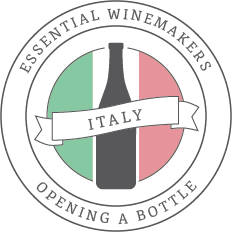 Essential Winemakers of Italy
Essential Winemakers of Italy
La Marca di San Michele is (still) and Essential Winemaker of Italy. This curated list of the best producers in Italy is available to subscribers only, and regularly vetted, updated and fawned over by the Editor-in-Chief. Check out the section today.
Visit Las Marca di San Michele’s Essential Winemakers of Italy page
Other Essential Winemakers Updates
Things Get Competitive in Vittoria, Sicily
There are now 59 producers listed across both countries. Because of this breadth — and my limited abilities as a mere mortal to stay on top of all these developments — I have put a few parameters in place to keep the Essential Winemakers program focused.
The goal is to have 50 producers listed for each one, and curate it from there, and within that, to have a solid regional diversity too. For example, it would be all too easy to load the site up with Piedmont and Nebbiolo producers alone, and overlook the many other noteworthy regions in Italy. So, month ago, I weighted each region based on their vitality to the national wine scene. Piedmont was weighted the most (ideally, 16% of the list) because of its high quality, but also its panoply of interesting grapes ranging from the aforementioned Nebbiolo to Freisa and Barbera, and Erbaluce and Timorasso. Tuscany and Sicily came in second at a prospective 12%.
All that is to say that Piedmont ought to have no more than eight of the 50 eventual producers, Tuscany and Sicily six.
With that in mind, I needed to take a long hard look at Vittoria in Southern Sicily, where five very talented producers reside: Arianna Occhipinti, Azienda Agricola COS, Gulfi, Gurrieri and Mortellito. Take this with the stature and diversity of Etna (which should account for at least three of Sicily’s spaces), and suddenly it was time to really curate who should stay and who should go. Or in other words, who is really “essential” for my recommendation to all readers.
And so Gurrieri is in and Arianna Occhipinti is out. With all due respect to the latter, Gurrieri’s wines (at the moment) are fresher, more elegant and a better value, even if they’re harder to find. I also encountered a severely corked 2019 “SP68 Rosso” from Occhipinti, and the replacement bottle was merely ho-hum, with an exceeding tone of brettanomyces that is a no-go for me. Such natural variation from year-to-year is part of the thrill with natural wines, but consistency is more important to me. For now, COS remains, but they too will get a re-evaluation in the coming months, as will Gulfi and Mortellito. (Mind you, Opening a Bottle does not have the resources yet of a Wine Enthusiast or Vinous to canvas these wines more substantially).
The door is always open for changes. I love the wines of Vittoria so much, and plan to give Arianna Occhipinti another go in the coming years. But the bigger headline here is the simple fact that Gurrieri is just so awesome. If you can track down their wines, do it. Their “Don Vicè” Cerasuolo di Vittoria is simply enthralling.
Leaving the U.S. Market
One last note on the Italian list (we’ll get to the French list another week): Villa Russiz has been dropped from the list not for qualitative reasons, but because they are no longer imported into the United States. They may return, but by then, I imagine that Friuli slot (a prospective four spaces on the list, by my math) will be even more competitive as I have several tastings planned with many of the great producers from this sterling region.

